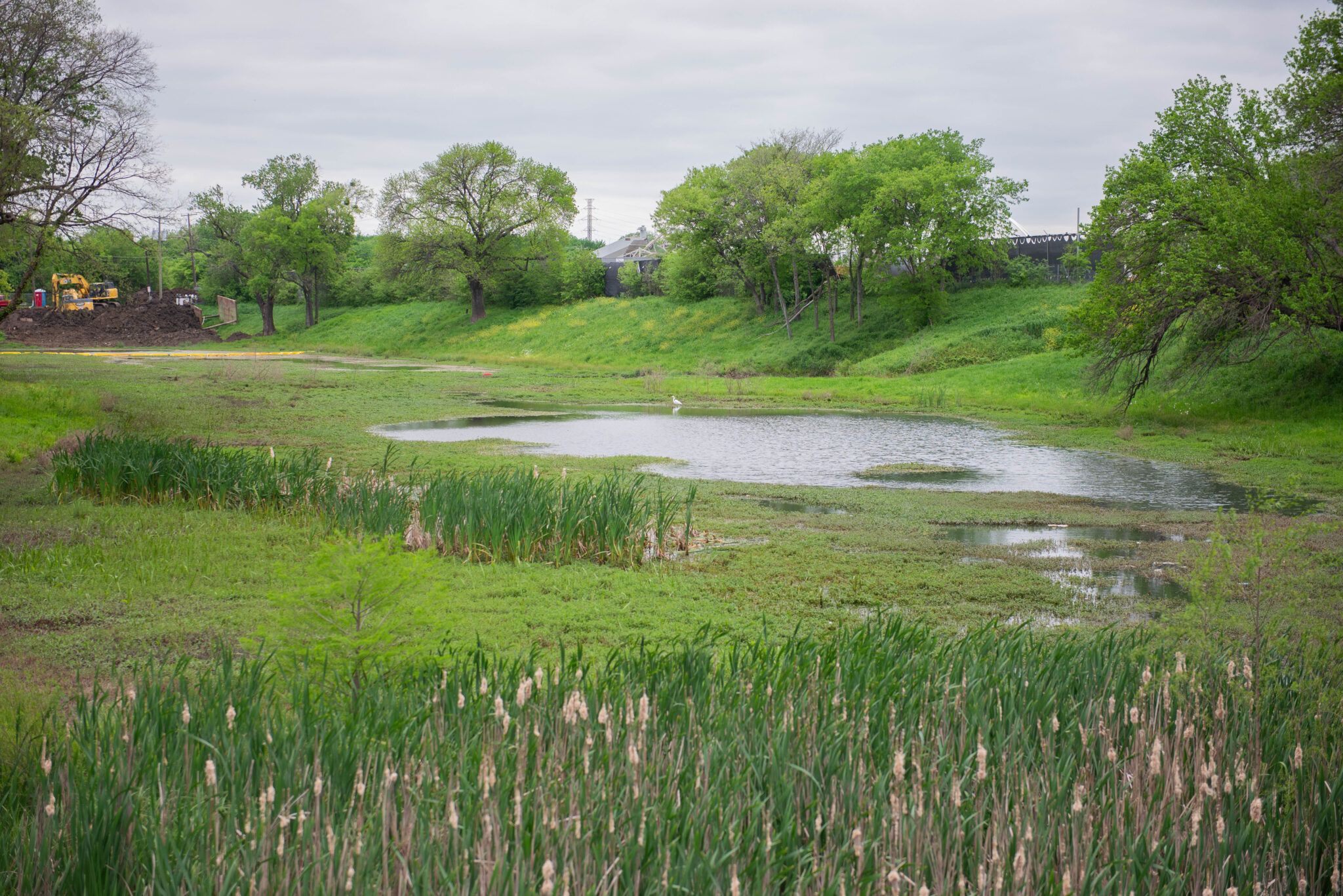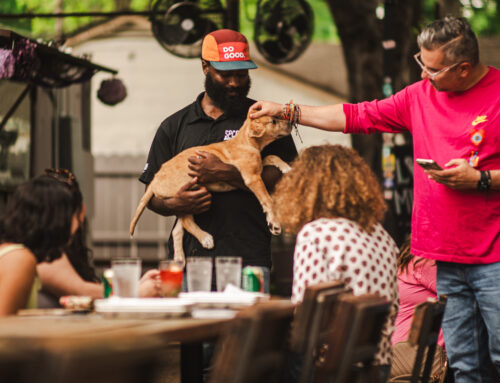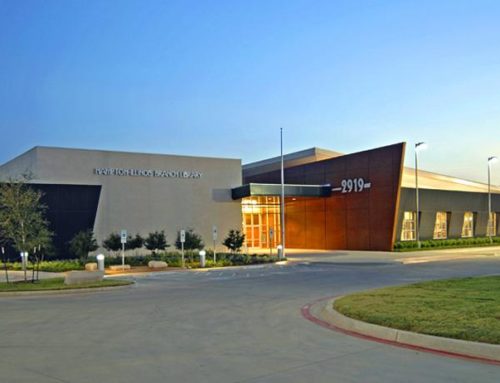When La Salle came to Dallas in the late 1600s, the French explorer named the Trinity River the “River of Canoes.” A few years later, his Spanish counterpart, Alonso de León, dubbed it “the Most Holy Trinity.”
That reverence for the river waned over the centuries, driven home by the city’s choice to reroute the flow of water through a system of levees built in the 1930s, and raised in the 1960s.
Today, swampy gouges south of Downtown carve out the path the river used to flow. Dallas moved the river, but the runoff doesn’t know that. When it rains, runoff from as far north as the Red River runs that original course, sweeping garbage and debris into the stagnant waters.
To the average eye it isn’t much to look at now, admits Melanie Ferguson, a North Oak Cliff resident. But it will be.
Ferguson is the project director of the Dallas Water Commons, a not-yet-built urban wetlands park that will serve as a water polishing and conservation resource, an educational center and an urban greenspace.
The city refers to the necklace of stormwater that sits outside the levee’s eastern border as sumps, but Ferguson, and the rest of the DWC team, call them ponds.
The boundaries of the north and south ponds, which the water commons will enhance, are marked by “two longhorns and a bull.”
“The longhorns at (Fuel City), the Longhorn Ballroom’s longhorn and Gilly’s, the old honky tonk, has a mechanical bull,” Ferguson says. “(Here) you can hear the industry, but you can also hear the birdsong.”
The 17-acre project is a public–private partnership between the City of Dallas and The Dallas Wetlands Foundation. Some of the land is the city’s, and some belongs to the Dallas developer Jack Matthews.
Matthews, along with others from his development firm Matthews Southwest, formed the Dallas Wetlands Foundation in 2017 to oversee the transformation from sump to state-of-the-art park. The project received funding, which was matched by the foundation, in the 2017 bond, and is slated for another check should the 2024 bond be approved by voters.
In all, it is estimated to cost between $44 and $55 million.
Environmental Engineer Marianna Archibald says it was “full circle” when she was asked to join the Dallas Water Commons advisory board and consult on the project because her grandfather helped build the Trinity River levees.
She believes the park is an opportunity to reframe the way Dallasites think about the “value of land.”
“A lot of times, for those of us who grow up in cities, we tend to assume that valuable land has fancy buildings on it, but a lot of the conversation around the Dallas Water Commons is repicturing that and saying that the land itself and what the land can do for us is extremely valuable,” Archibald says.
Archibald lives in Kiestwood and regularly takes advantage of the natural parks and trails in South Oak Cliff. But that accessibility factor isn’t the case for the rest of the city.
She points to the success of Klyde Warren Park as evidence that people, especially residents in the urban center of the city, are “craving” greenspaces.
“What city has a river going right through it and people forget about it and don’t enjoy it?” Archibald says. “I have a few friends who have moved to Dallas recently and the common thread is ‘We miss being around nature.’ And we have it, it’s just not very accessible.”
Once completed, the water commons will feature weaving paths and docks that guide visitors along the riverbed. Stormwater will be pumped between the north and south ponds, and will circulate through the system’s biodiverse filtering plants for three days as it is aerated and polished before being released back into the watershed.
Oak Cliff resident Fred Pena is also a member of Dallas Wetlands Foundation’s advisory board. He is a Leadership in Energy and Environmental Design (LEED) certified architect, and has helped guide the project’s development with an emphasis on sustainability and efficiency.
As the state grows and demand for water grows with it, the estimated 650 million gallons of water cleaned by the system annually could be vital.
Between 2020 and 2070, Texas’ population is expected to grow from 29.7 million to nearly 51.5 million, according to a report by the Texas Water Development Board. That report expects the demand for water to grow 9% in that time, while supply decreases by 18%.
But it doesn’t have to be “doom and gloom,” says Ferguson, if action is taken now.
“(The water commons will) be an opportunity to understand a little more about water, you know, that it doesn’t just come out of the faucet,” Ferguson says. “We just have to do water differently.”
Groundbreaking on the park could happen this year, if permitting sails through. The city is currently working on construction in the surrounding area that “needed to happen” before work on the commons can commence.
As many of the existing trees lining the pond’s banks will be saved as possible, Ferguson says. Other flora — tall grasses, lilly pads, flowers and cattails — will be planted throughout the park and the waters.
The water commons will restore the ecosystem “to what it was intended to be,” says David Marquis, another Kiestwood resident and environmental consultant on the project.
Marquis founded the Oak Cliff Nature Preserve and wrote the book The River Always Wins, a series of poems about the power of water in society and nature. He is an environmental advocate, and believes that “every acre counts” in the fight for preservation and in combating climate change.
He was thinking about that word, ecosystem, on a breezy day in late spring, as he stood at the north pond and watched a redwinged blackbird dive into a cluster of cattails, looking for the caterpillars that nest in their leaves.
He remarked that the word ecosystem, which is usually associated with the illustrated graphs shown in middle school biology classes, was derived from the Greek word oikos, meaning home.
“This is where the river used to run,” Marquis says. “What we’ve done so often in our history is separate ourselves from nature, but now we are restoring that balance … We’re restoring our home.”






